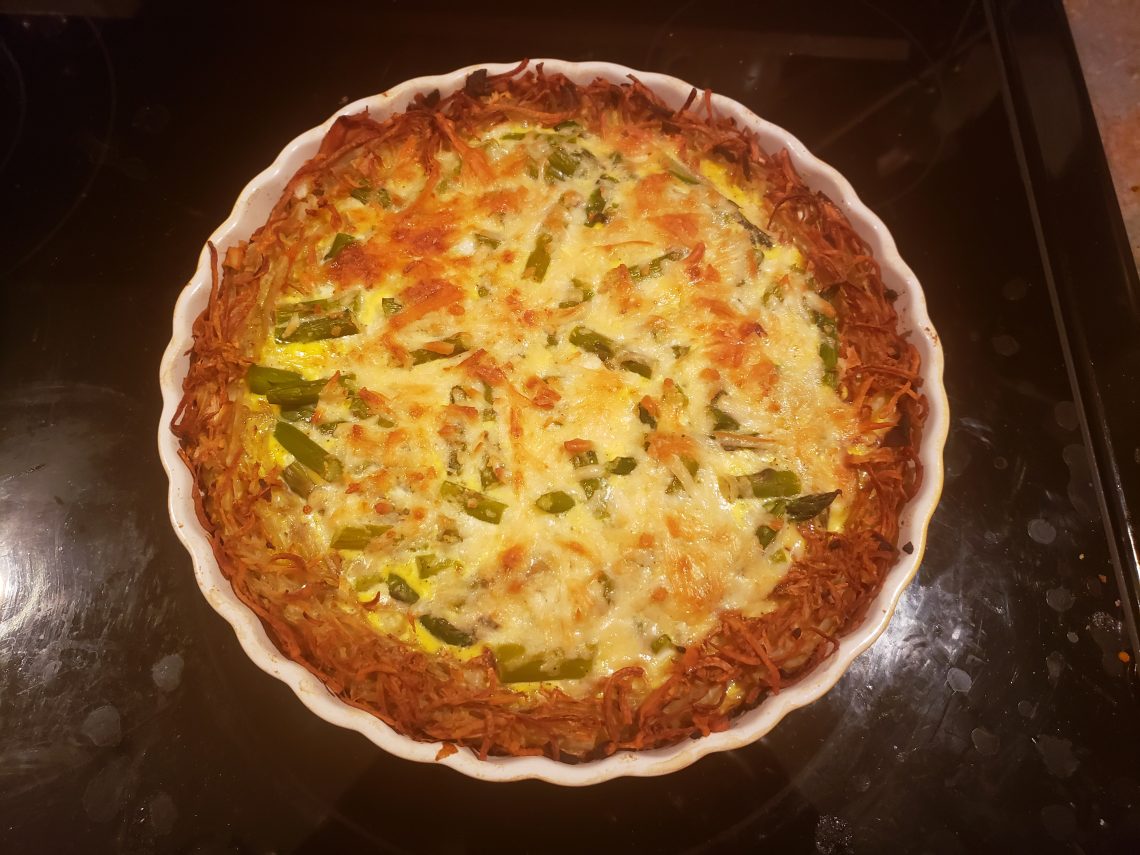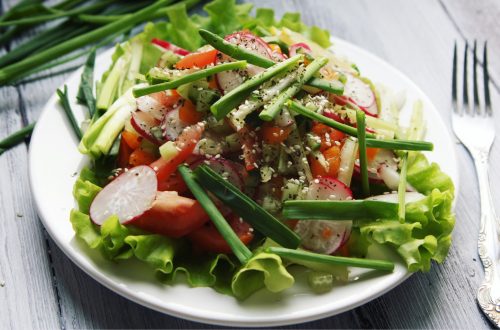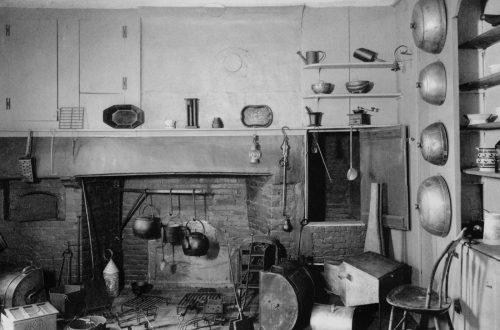
Breakfast for Dinner
Many of us have made major adjustments to our consumption in recent years for a variety of reasons – environmental responsibility, health, tastes, even the ready availability of different ingredients. That’s led me to think about how my habits have shifted from the usual meat and potatoes that graced our table growing up to lighter repasts in the evening. I’ve been contemplating breakfast for dinner. But what is breakfast, anyway?
Breakfast, I think, is a curious meal. I’ve had my share of variety in my travels. A beignet in Palm Springs; caffe con leche and tapas in Barcelona; hard rolls and sliced sausages in Germany; open-faced sandwiches of smoked salmon, cucumbers, and scrambled eggs in Bergen, Norway; and loco moco (rice topped with a hamburger covered in gravy and topped with a fried egg) in Hawaii. But my favorite is the full Scottish breakfast. That’s sausage, bacon, baked beans, haggis, fried tomatoes, fried or scrambled eggs, and toast, not to mention coffee and juice. That’s a breakfast that can fortify you for roaming around Edinburgh all day (and trying to keep up with Mrs. Farmboy).
Indeed, the first meal of the day varies considerably around the world. It depends on the cuisine, the culture, and the class. No matter where or when, what you ate depended on who you were, where you lived, how much money you had, and what you did for a living.
Over the course of history, breakfast as we know it often did not exist. Mealtimes were dictated by available light. The Romans typically ate only one meal a day, usually at midday. Obsessed with digestion, they reasoned that eating more was gluttony, although Roman soldiers often began their day with a porridge made of spelt wheat or barley.
Breaking fast with the monks
By the Middle Ages, monastic life informed many culinary traditions. Nothing could be eaten before morning Mass, and meat could be consumed only for about half the days of the year. That first meal was breaking the fast – hence the name. In fact, the full English breakfast grew out of that tradition because on Collop Monday (the day before Shrove Tuesday), people preparing for Lent had to use up their meat (usually pork and bacon) and eggs before Lenten fasting began.
Moving into the 1600s, coffee, tea, and scrambled eggs started appearing at wealthy tables, and by the mid-1700s, breakfast rooms were being built in the homes of the well-to-do. But it was the Industrial Revolution that really brought breakfast (and lunch and dinner traditions) to the masses. That’s when the workers needed food to sustain them during the day.
Breakfast dishes have emerged over the years. Pancakes have been with humans since pre-history. Waffles were considered party food in Belgium and the Netherlands. Turns out the Pilgrims adopted them when they were living in the Netherlands before moving back to England and then departing for the New World. And bacon, a big part of British cuisine, was aggressively marketed in the U.S. as a breakfast food between World Wars I and II, leading to another big breakfast push.
Doing as the Romans do
That’s the tradition: start the day with a nutritious breakfast. But I think those Romans may have been onto something. At least it suits me. Why not adopt some “breakfasts” for the main meal? This past week, for example, we had the Mexican breakfast dish huevos rancheros for an evening meal. Not bad. And filling.
Danish cookbook author Trine Hahnemann, the doyenne of hygge, admits to eating irregular meals during the day because she’s not hungry in the morning, and she likes that each day is not the same. She also notes that hygge is often imagined as a winter thing, so her approach makes sense this time of year.
For informal meals, Hahnemann seems to favor snitter, a Danish open-face sandwich, usually on a slice of good rye bread. Here are some interesting sandwich examples from her cookbook: beef and pickled vegetables with horseradish cream, eggs and smoked mackerel with radishes, pork and apple salad, and finally cucumber and goat cheese cream with sliced cucumber and baby cress. If you’re hungry, instead of the sandwich, she offers spinach and potatoes baked with eggs, and served with cheese, jam, and fresh-squeezed juice.
What I like about this approach is that it’s not only better for you, but it’s also a way to make use of any leftovers from a big meal. That’s what a lot of breakfasts have been comprised of over the years – cold meats from the previous night’s meal on a slice of bread.
How about you? How often do you have breakfast for dinner?
To comment, please click on “Read in Browser” or on the headline to view the blog on the website. You can log in and comment at the end of the blog to share your thoughts and start a discussion.
If you’d like to share the blog, click on the Facebook icon or one of the others. Thanks!




